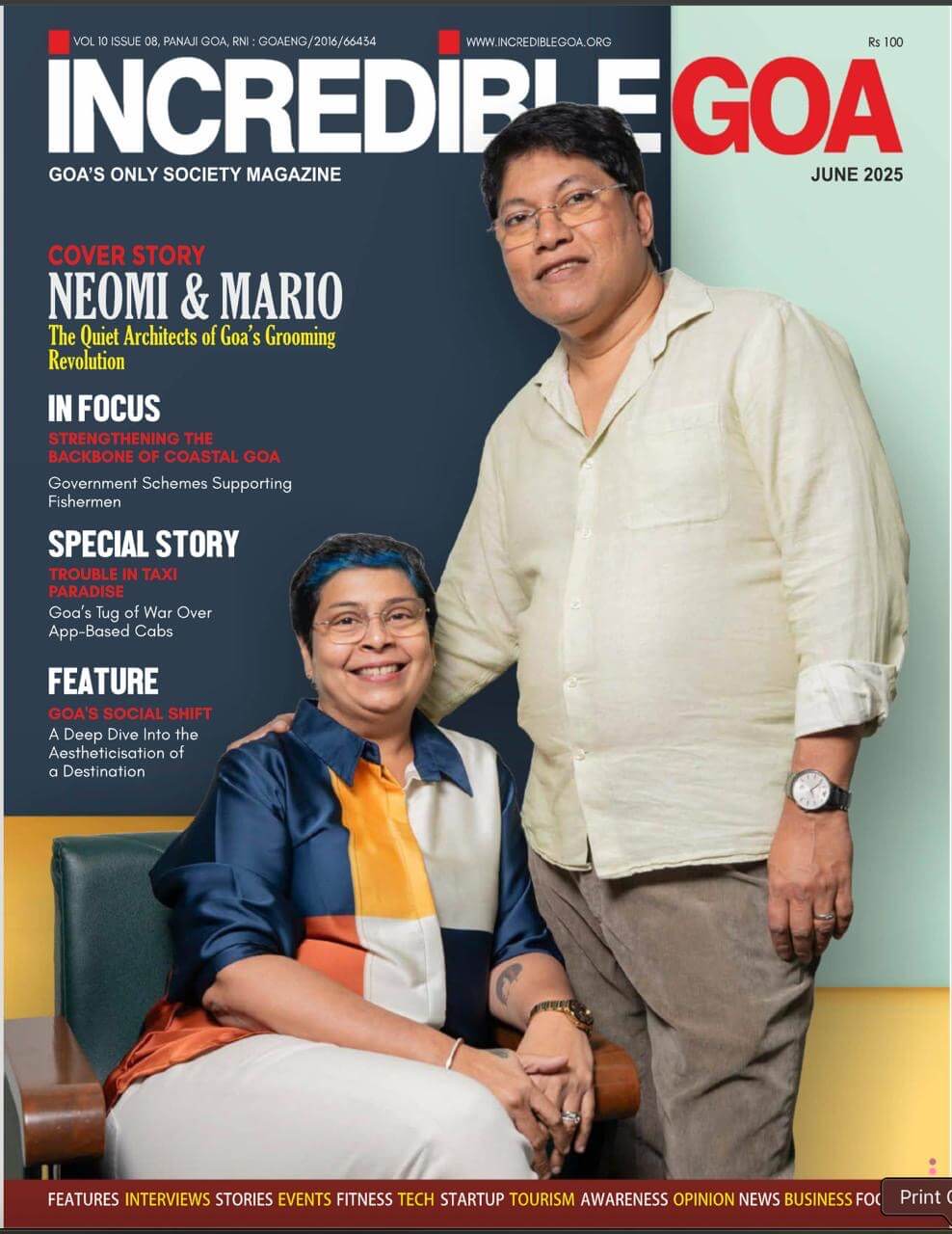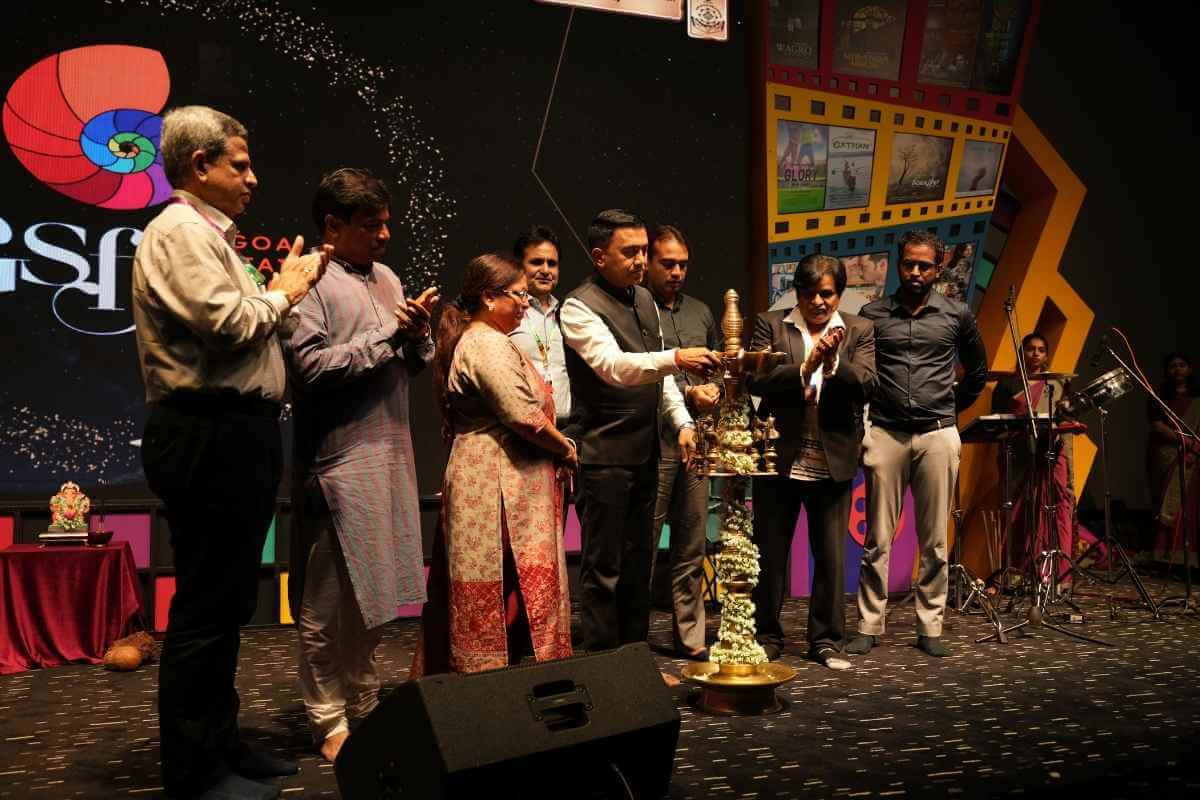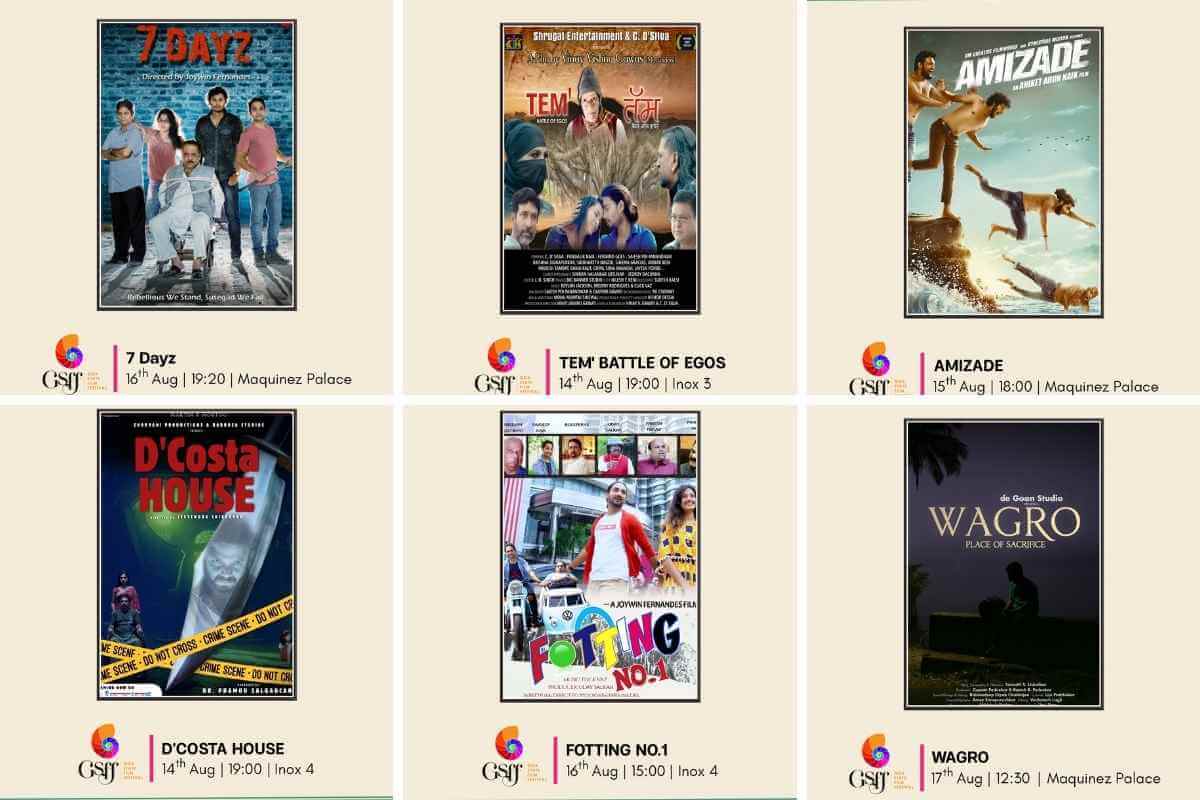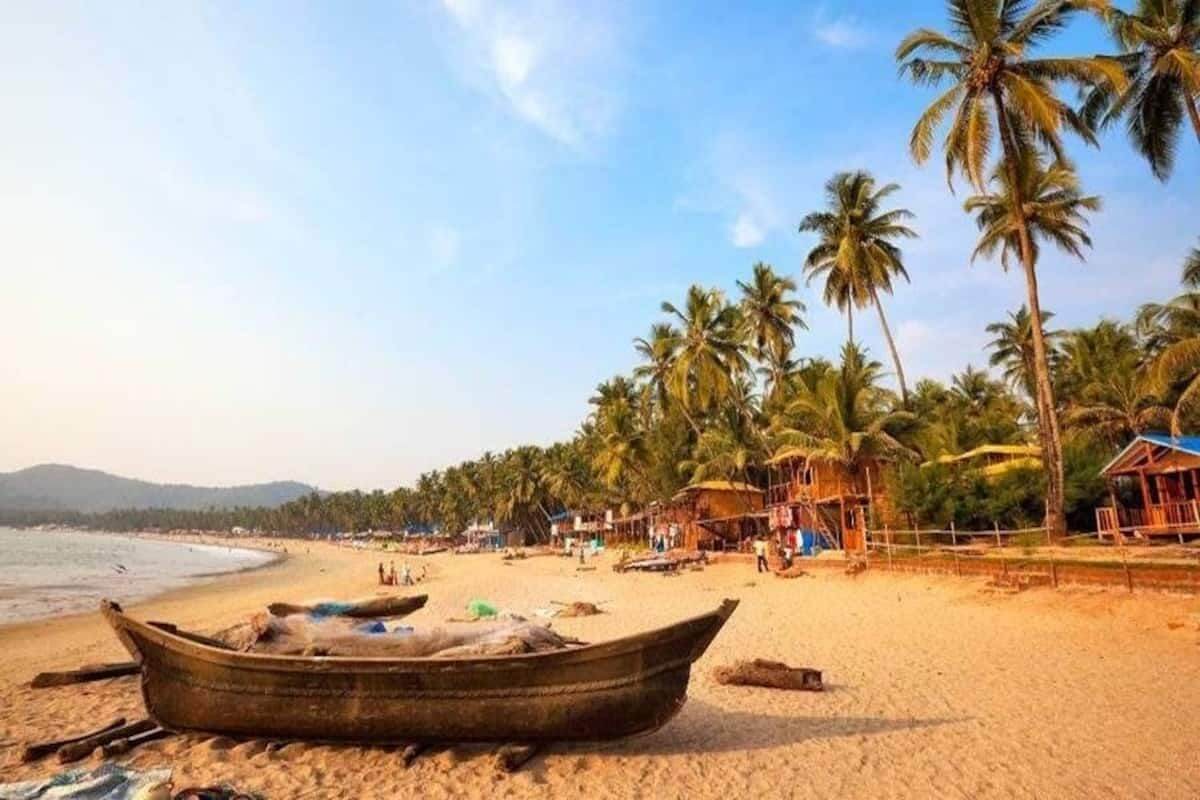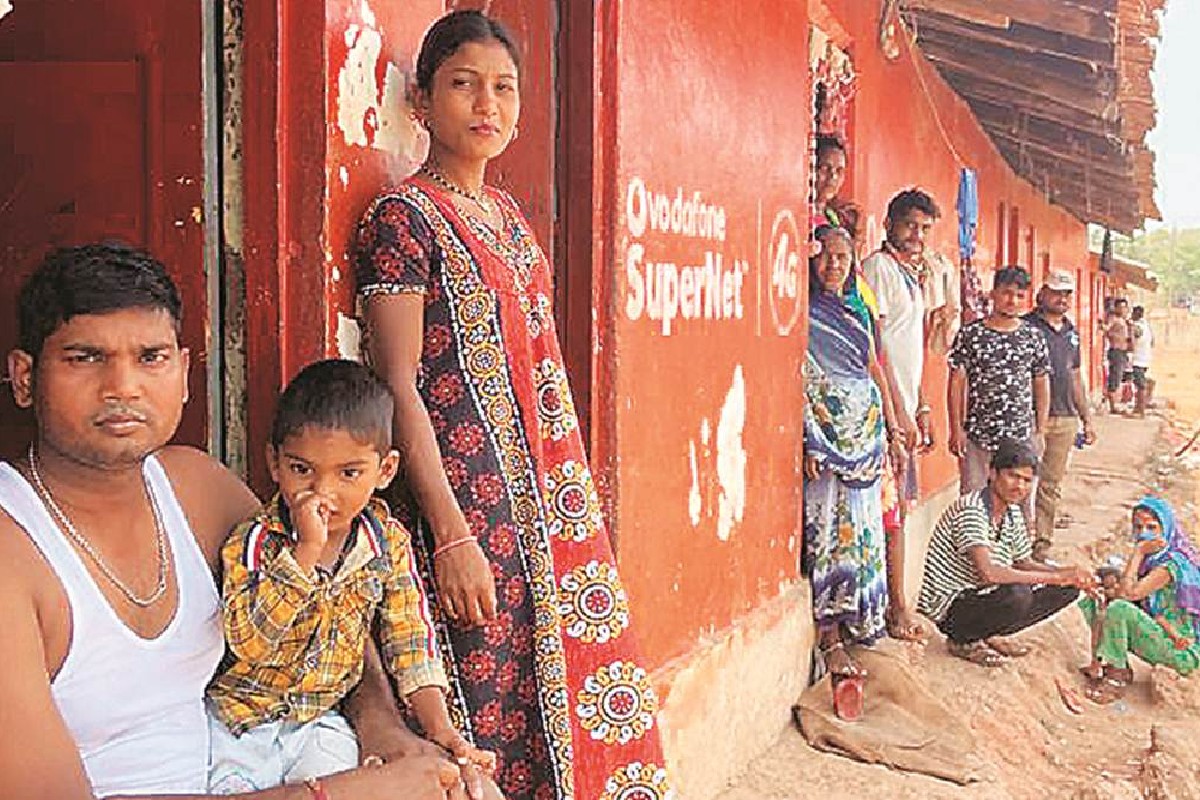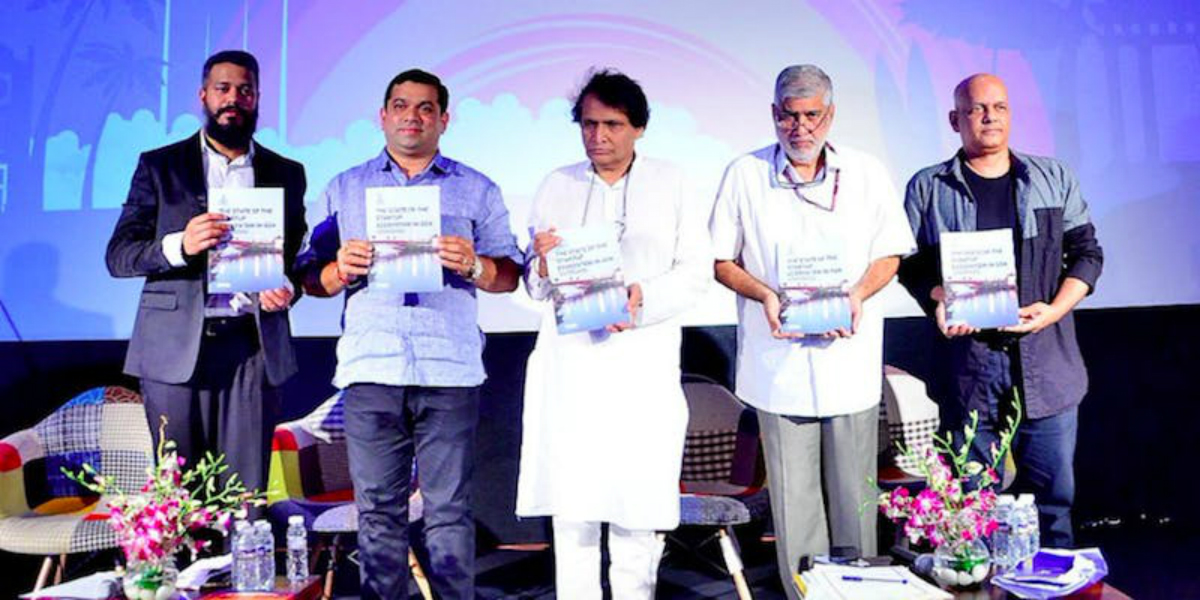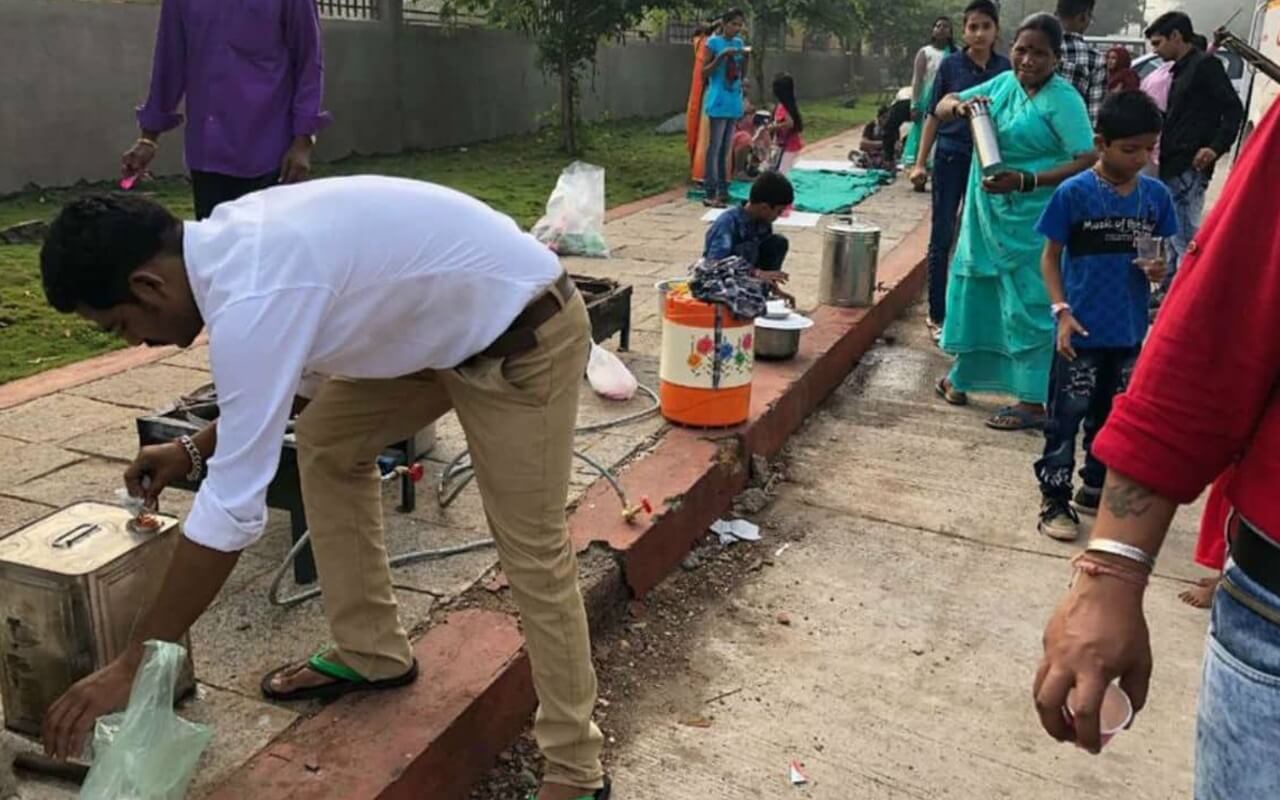The focal point of Goa’s cultural environment is music. Goans are innately musical, and it runs through their blood. Goa is the birthplace of several Western musical styles in addition to having a rich storehouse of traditional music. In keeping with its illustrious past, Goa has given birth to some of India’s best musicians.
The queen of Indian music, Lata Mangeshkar, and her sister Asha Bhosle are both from Goa. In Goa, a broad range of musical styles is played, from Indian music of classical origin to Western art music. Goa, an ex-Portuguese colony, has a thriving Western music culture that includes instruments including strings, drums, guitars, trumpets, and pianos. It has also given birth to several well-known singers and artists in the Indian music industry.
Mando
A kind of Goan music known as Mando or Manddo emerged in the 19th and 20th centuries. Manddo, which is essentially a love ballad, is recognized as a blend of Western and Indian musical styles. Manddo is a type of traditional music that originated in Goa in the 1840s and is mostly played by Catholic Christians. The final segment of Manddo, Dhulpad, is a Goan folk song derivative that was performed before the main Manddo performance. A Manddo performance is accompanied by a variety of musical instruments, including the ghumat (a traditional percussion instrument from Goa), the violin, and the guitar.
How is Mando Performed?
In Mando music, the males dress in formal jackets to show the Portuguese impact, while the ladies dress in expensive Indian garb called bazu torop or pano baju. Although mando is often a monologue, there are certain mandos when one individual approaches the other, who then responds. The rhythmic swaying from side to side goes along with the Suvarisinging. The viewers get a calming visual and acoustic sensation as a result.
The music and lyricism of the mando are equally beautiful. The two work perfectly together; only the music can convey the full meaning of the lyrics. The Mando is intended to be performed, not read. The employment of the minor mode is a significant mando feature. A minor key is used to start most mandos. The subject is introduced in the initial two verses of the entire stanza in a minor key; the mode switches to a positive major. The mando is a collective endeavor, much like all folk tunes. On all occasions of shared delight, like feasts, christenings, marriages, etc., the people of Goa sing this song. The Mando is not a free-form outdoor folk song.
It is a song from the living room or the hallway, where youngsters and elderly, relatives and neighbors mingle on happy occasions. The Mando is not only performed but also performed on such auspicious days. Both the men and the ladies that attend the event dress festively. The entire event has a ritualistic feel about it. The beauty and grandeur of the gathering are completed by the dancing to the singing.
Dulpod
Dulpod is a Goan dancing song with a fast beat and themes from daily life in the region. Dulpodam is the plural form of dulpod in Konkani.. The Dulpod that comes after the Manddo is the singing repertoire, if the Manddo may be considered a manifestation of the romantic aspect of the Goan. The Durpod compresses and adds a melodic tone to its couplets, offering brief glimmers of the diversity of Goan life. It is a joyful and jovial object that evokes laughter and is full of life in both its expression and attitude.
How is Dulpod performed?
The dulpod is an unnamed, impromptu folk song that occasionally lacks a consistent theme. The dulpod’s melodies are often in the six-eight meter, however, two-fourths are occasionally used as well. Usually, the dulpod is sung after a mando. The Dulpod, whose rhythm is opposed to that of the Manddo and more quick-moving and represents the vibrant sprightliness of life amongst the ordinary folk, is played as the hunting tune of the Manddo progresses towards its conclusion and finishes. The Dulpod quickens at an irregular pace and enters a rapid rhythm.
The Cecila and her sewing Dulpod, Modgonvam Thovyanger, and ‘Maya-ya-ya’ or Lia-lia-lo are the most well-known Dulpods. The Dulpod includes all forms of life in all of its infinite diversity, including plants, animals, and people. The Dulpod couplets, whose impact on the language is so sharp and telling, catch it all.
Dekhni
Dekhni is a highly well-known Goan dance that combines a tart Western beat with melodies from India. Typically, Christian females dressed in lovely Indian garb do the Goan Dekni or Dekhni dance. Along with dance, the show incorporates singing. The life of a girl known as “Devdasi,” who is regarded as a god’s servant, is shown in this specific dance. Devadasi frequently dances at wedding ceremonies and temples. The most well-known Dekhni song was written by Carlos Eugenio Ferreira and was called “Hanv Saiba Poltodi Vetam”; it was first performed in Goa and afterward in Paris.
‘Dekhni’ means ‘captivating beauty’ in Konkani. The Devadasi system of the Goans, in which the ladies devote themselves to God, is the basis for the Dekhni dance’s subject. Devadasis are those who spent their entire lives in service to God without getting married or starting families. Since long ago, the dance has been done at the temples as a devotion to their God. It is a semi-classical Goan dancing and music style i. It can also be said Dekni or Dekni. Dekhni is an appealing fusion of Western rhythm and Indian melody. Christian females dressed in Indian garb typically perform it. A famous song and dance in Goa is this one.
How is Dekhni Performed?
The dance genres from which the actors’ motions are taken are the traditional ones, such as Kathak and Bharata Natyam. Only women in the community execute this dance. Western and Indian melodies are mixed in the music.
The dancers perform a song that takes the shape of a dialogue between a girl and a boatman while holding clay lanterns with an oil-soaked wick. The Dekhni songs are performed on the Ghumat or drum. All around Goa, this dance is on display.Kuxttoba performed one of the earliest dekhni dances sometime around 1869. “Heir to India and terror of Goa,” as the song cries out, alludes to opposition to Portuguese control. Kuxttoba belonged to the Rane family’s Salekar branch. In Goa, this dance is frequently done.
These individuals, who at some time during Portuguese control converted from Hinduism to Christianity, are associated with the dekhni dance. You may see this dance style across Goa.
Fado
Fado is a kind of Portuguese singing known for being emotive and profoundly melancholy. It is typically associated with taverns and cafés. It became famous in Goa after the introduction of Portuguese culture. The lyrics, which are always performed in Portuguese, are what make fado unique. Fado lyrics are often written by Portuguese poets and often touch on themes like love, the sea, city life (particularly in Lisbon), longing for childhood, and Portuguese culture. Even though the majority of Fado’s songs are depressing, there are still several that are joyful, funny, and even a little bit sensual.
Fado music is immediately recognizable, although there are more variations than most people realize. Numerous musicians recreated fado music during the 1990s by fusing it with elements of classical and modern music. Fado comes in two main varieties.
Fado from Lisbon
Fado from Lisbon is the most well-known kind.it is still performed in historic Lisbon areas like Alfama and Mouraria, capturing the melancholy spirit of Portugal’s capital, a cosmopolitan city near the sea. It is epic and depressing at its core and is distinguished by its dramatization of misery. It reflects the meaning of the term Fado [fate] both musically and lyrically: the singing is like a cry for aid, and the arrangements are representative of a certain sense of longing that the Portuguese call “saudade.”
Fado from Coimbra
The Portuguese city of Coimbra, noted for its university, is where Fado from Coimbra was founded. Fado from Coimbra performed and made famous by the local students, is faster-paced than Fado from Lisbon and frequently uses instruments like the mandolin and the braguinha, an ancestor of the ukulele.
How is Fado performed?
Fado music is typically played by a trio, which typically consists of a solo vocalist, a traditional guitarist, and a Portuguese guitarist. An acoustic bass and a mandolin may be used as additional instruments. Fado often lacks any percussion instruments. Fado arrangements can be either straightforward or highly intricate. However, they typically use major and minor-seventh chords and heavily rely on guitar arpeggios. Orchestral instruments may be smoothly included in Fado music because of its absence of drums and its slowly moving chord progressions.
Ovi
Ovi songs are a type of wedding music that is primarily heard in Goa’s Hindu population. When applying coconut-pulp milk to the bride and groom and when making meals sometimes example, women sing Ovi melodies. To convert the inhabitants to Christianity when Christian missionaries arrived in Goa, they incorporated biblical themes into the Ovi songs. People would frequently assemble beside a fire or a crucifix and sing fervently in Konkani Ovi melodies written by the missionaries.
To preach Christianity in Goa, missionaries originally used the local Konkani units of measurement. The Ovi is the one they mostly employ. Around a fire or a crucifix, people would assemble and sing Ovis, a devotional song written in Konkani by missionaries incorporating biblical themes and other religious symbols.
How is Ovi performed?
In Goa, the term “Dantear Ovio” refers to the songs performed while grinding grains of wheat and rice in a hand mill (danthem in Konkani) for many different dishes during wedding ceremonies. In a symbolic act, the ladies smash their concerns and woes as they grind. The villages of Savoi-Verem, Boma, and Zambaulin are where you may find the best of these ovis.
Suvari
All Hindu religious and festive events begin with suvari, an ancient folk song. Given the lack of spoken lyrics, the music is symphonic and largely depends on the “Laya” (tune) and “Tal” (rhythm). The Ghumat, Shamel, Cymbals, and occasionally Shehnai and Surt make up the orchestra. The notion that a good Suvari band is considered a matter of pride and honor of a hamlet may be used to measure Suvari’s popularity: popular folk and traditional tunes known as the Suvari is a significant component of religious ceremonies and celebrations. Suvari is essentially a form of an instrumental ensemble that incorporates the coordinated blending of several melodies set to stylized rhythms. The majority of the instruments are traditional, such as ghumat, shamel, and cymbals used in Suvari.





